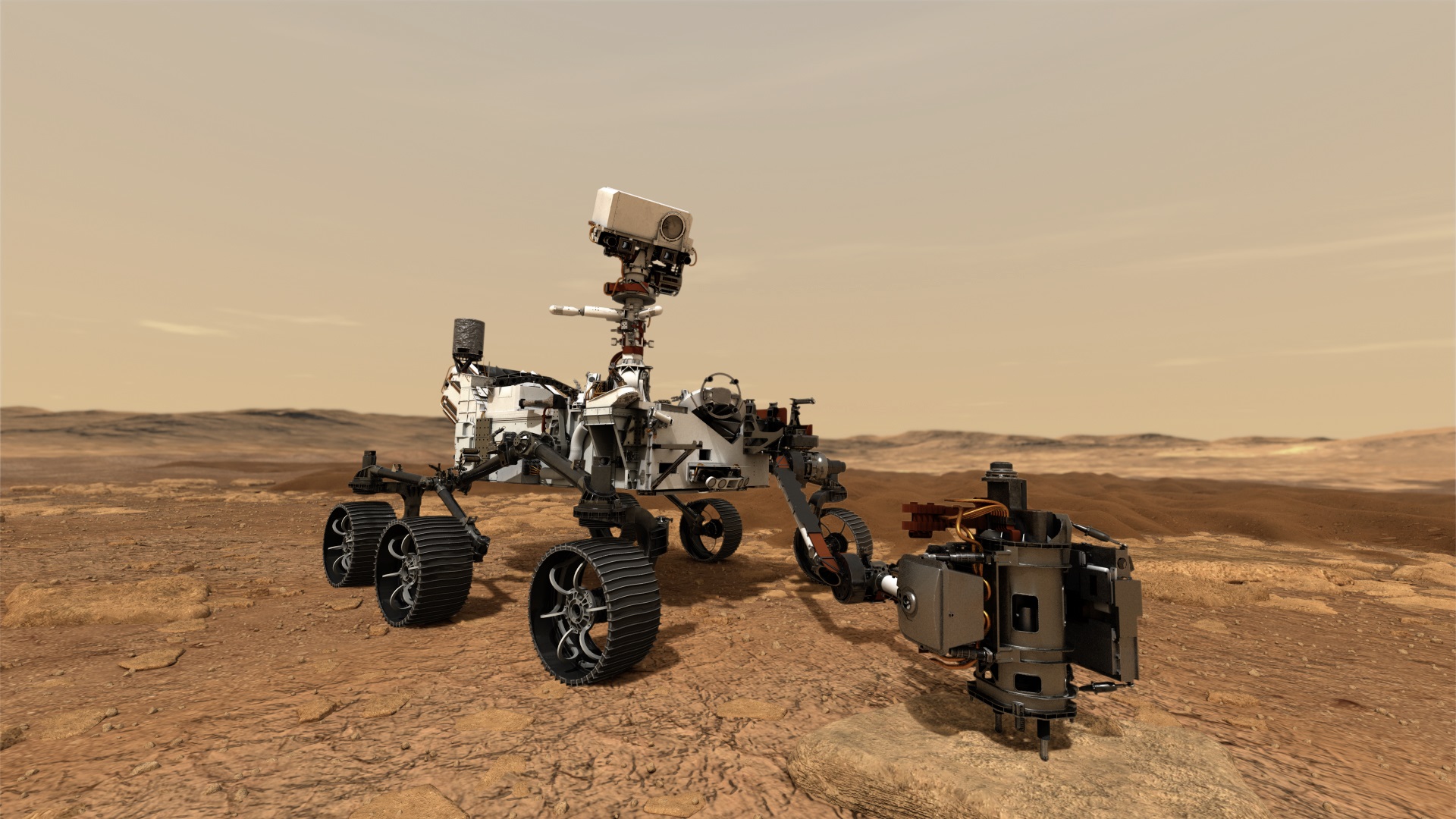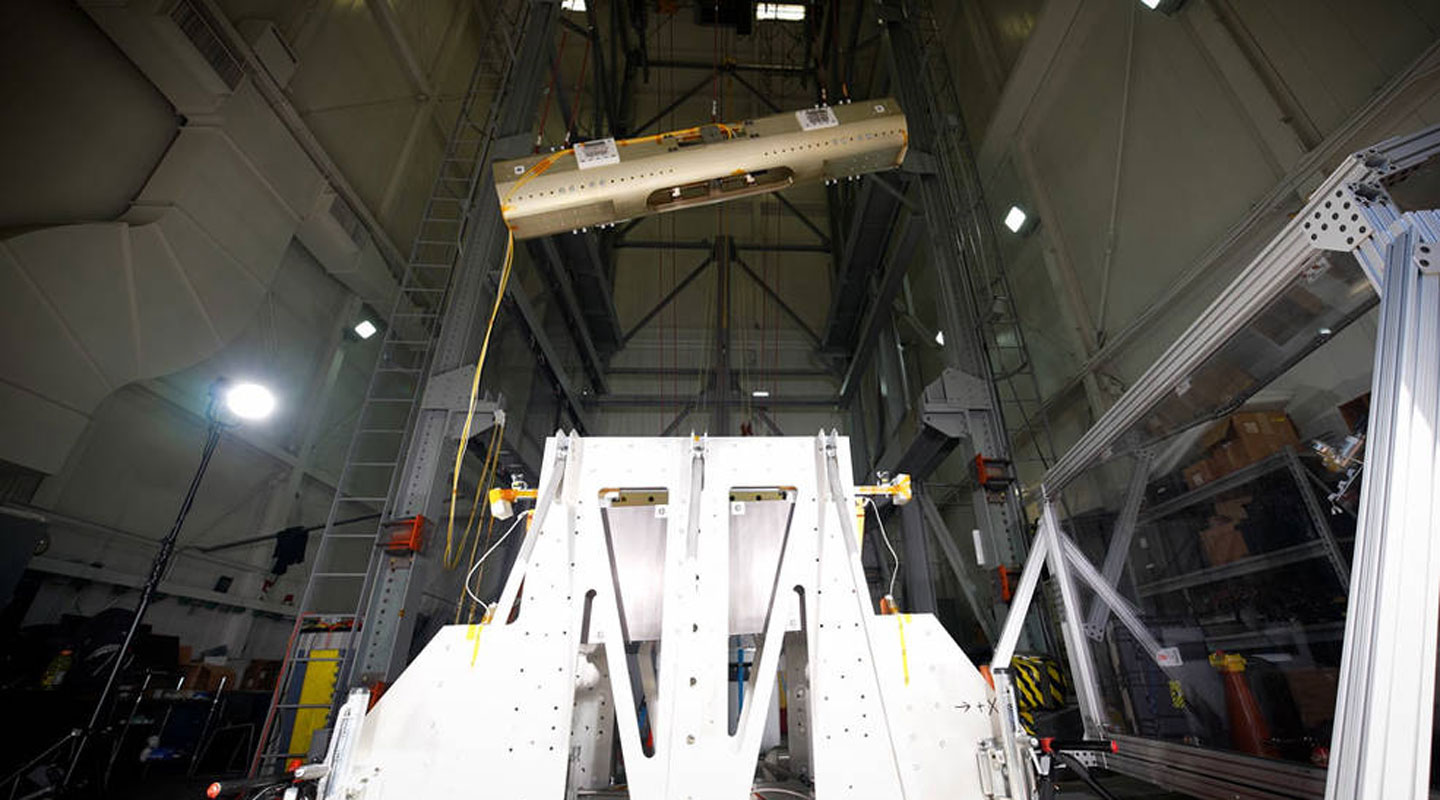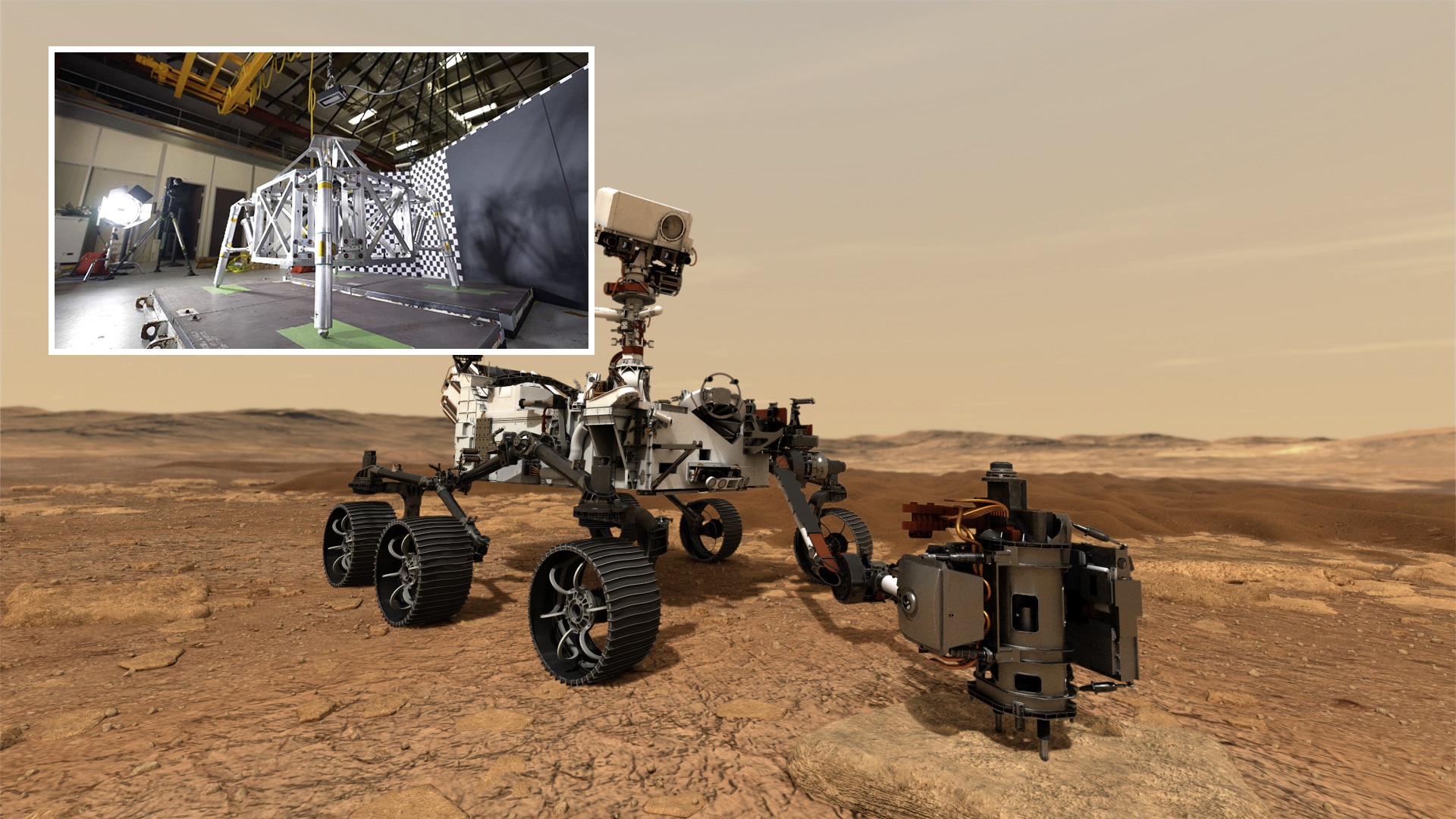The Perseverance rover, which is presently investigating the surface of Mars, has been collecting samples of Martian rocks and soil, which will be saved for a future expedition to Mars to collect and return to Earth. As it plans a mission to recover the rock and soil samples collected by Perseverance, NASA has verified that testing is begun on what it considers the most complicated undertaking yet tried on Mars.
The mission to gather Martian samples is part of the multi-mission Mars Sample Return program, which started in February with the arrival of Perseverance on Mars. NASA has gathered the samples and plans to bring them to Earth for testing to see whether life in the form of microbes existed on Mars in the ancient past.
Perseverance was outfitted with 43 soil and rock sample tubes, four of which have been filled with rock core samples and one with a sample of the Martian atmosphere. When it comes to returning lunar samples to Earth, NASA aims to follow in the footsteps of the Apollo missions. While some of the Martian samples will be investigated right soon, others will be saved for future generations.
Lunar samples returned by the Apollo missions were utilized in the same manner, with certain samples being held back to be studied later when testing equipment and techniques had improved.
The retrieval and return of samples from the surface of Mars to Earth is very difficult, and the whole operation will take a decade. NASA, on the other hand, is not functioning alone. It is also developing the rover for the mission with European partners, including the European Space Agency.

The Rover
The NASA Jet Propulsion Laboratory is developing the rover that will collect samples from the Red Planet’s surface and deliver them to the lander. The lander will put the samples obtained onto a tiny rocket dubbed the Mars Ascent Vehicle using a robotic arm designed by the ESA. The Marshall Space Flight Center in Alabama is developing the tiny rocket.
Preparing samples to be loaded into the rocket on Mars’s surface is a time-consuming process. To prepare the samples, the sample capsule must be sealed into a clean container to trap any Martian material within. The clean container’s seal would subsequently be sterilized, and it would be put into an Earth-entry capsule.
The Lander
The lander’s design is one of the most crucial parts of the project. If the lender does not perform as expected, other components of the mission will very certainly fail as well. The lander, weighing 5291 pounds, must be relatively big in order to transport and deploy the Mars Ascent Vehicle. That is about double the weight of the Perseverance rover, which descended to the Martian surface through cables using a rocket-powered jet pack.
Due to the additional mass, the Sample Retrieval Lander, which will be the biggest and heaviest spacecraft of its kind to ever visit Mars, will need a new sort of landing mechanism. JPL is designing the lander with legs that will cushion the impact of landing and retrorockets that will slow its fall. It will land using a similar method as that utilized on the Phoenix and InSight lander missions.
Pavlina Karafillis of JPL has been drop testing a prototype lander to familiarise herself with the challenges of landing such a huge rover. She and her team members lowered the lander using a crane mechanism and captured the event with high-speed cameras. The data collected by those cameras are utilized to update computer models in order to get a better understanding of how energy is disseminated throughout the lander when it strikes the Martian surface.
At the moment, the prototype is just one-third the size of the final spaceship. According to JPL, testing a lighter version will help determine how the rover would behave on Mars, which has less gravity. JPL does want to drop-test a full-size prototype, though.
Mars Ascent Vehicle
The rocket Mars Ascent Vehicle is another crucial component of the expedition. The rocket, which is nine feet long and has two stages, will be launched from the lander’s deck. To avoid the Lander sliding or tilting due to rocket exhaust, researchers devised a method that launches the rocket into the air at a rate of 16 feet per second shortly before the engines fire.
The apparatus that will launch the rocket into the air during testing is seen in the picture below. Engineers launch an 881-pound simulated rocket 11 feet into the air using a cradle with a gas-powered piston. During the test, moreover half of the test rockets were offloaded using cables strung from a 44-foot tower to imitate Martian gravity. VECTOR (Vertically Ejected Controlled Tip-off Release) is the name of the system.

The device is supposed to impart a small spin on the rocket launch, assisting it in pitching upward and away from Mars’ surface. This mechanism assures that the rocket will launch regardless of whether the lander is positioned incorrectly on a slope. NASA has undertaken 23 tests on the rocket’s mass and center of gravity, with further testing scheduled for next year.
Perseverance Rover
Without the Perseverance Rover having done its job so well so far, the mission NASA is working on to get its samples would be pointless. Perseverance has been collecting a lot of interesting data on the surface of Mars, like using its microphones to record the sounds of Mars.
Perseverance Rover has also been working with Jezero Crater to look for signs of liquid water on the surface of Mars and maybe even signs of life from there. Perseverance is exploring what was a river delta in the distant past. The crater was a large lake in the past. Recording flights for the Ingenuity helicopter has also been done by perseverance.It flew for the 13th time in the month of September.

